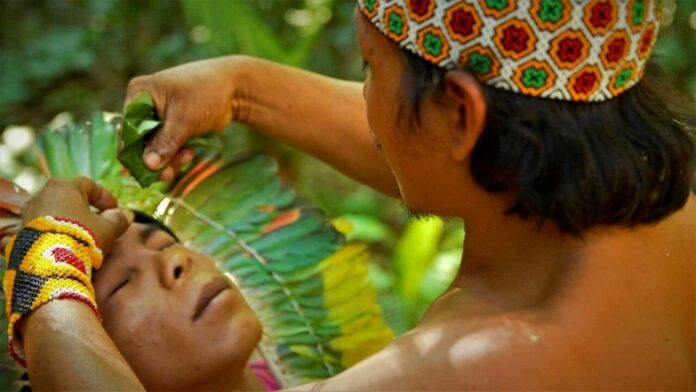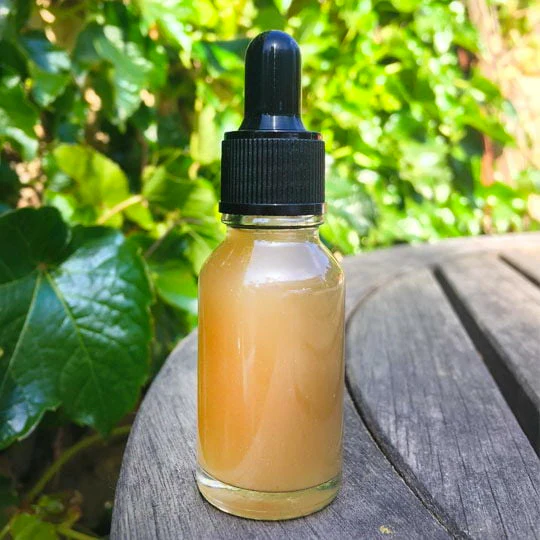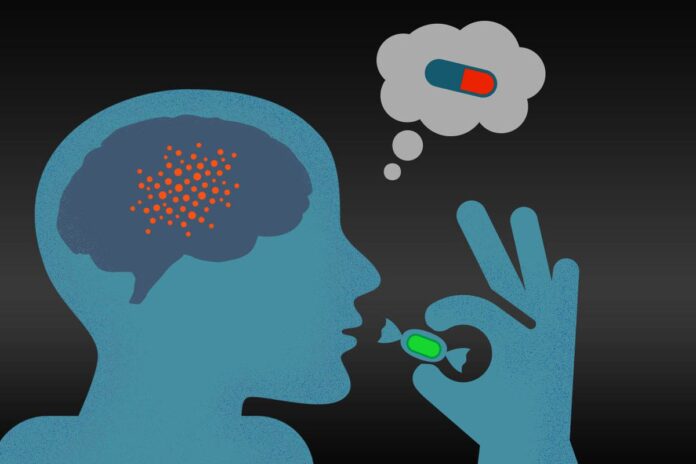Sananga drops, a traditional medicine from the Amazon, have garnered attention for their potential eye health benefits. This article explores their origins, composition, purported benefits, scientific backing, safety concerns, and alternative treatments.
Origins and Composition

Sananga eye drops originate from the Tabernaemontana undulata/sananho shrub, found in the Amazon. Indigenous tribes have used these drops for centuries. They prepare the medicine by mashing the root and stem shavings of the shrub with water to form drops. The primary active compounds in Sananga drops are alkaloids, which are believed to be responsible for their reputed therapeutic effects.
Purported Benefits for Eye Health
Traditionally, Amazonian tribes have used sananga drops to improve their eye health and enhance their vision prior to hunting. They believe these drops cleanse the eyes, remove energetic impurities, and increase spiritual insight. Users often report an immediate and intense burning sensation, followed by a purported improvement in visual perception and clarity.
Scientific Backing
Despite anecdotal claims, scientific research on sananga drops is limited. The active alkaloids in sananga may have anti-inflammatory and antimicrobial properties, which could theoretically benefit eye health. It’s important to note that these studies do not directly endorse sananga drops for vision improvement.
Safety and Side Effects

The use of sananga drops can be challenging. The immediate side effect is a strong burning sensation in the eyes, which can be somewhat uncomfortable to the inexperienced. There may also a small risk of eye infections if the drops are not prepared correctly. Long-term effects on eye health are not well documented, making it hard to assess their safety profile.
Using Sananga Drops
For those interested in trying sananga drops, it’s crucial to approach with caution. They should only be used under the guidance of someone experienced in their preparation and application. The drops are applied directly into the eyes, and the intense burning sensation typically lasts for a few minutes. After the initial discomfort, users often report a feeling of enhanced visual perception, stress relief and mental clarity.
Alternatives for Eye Health
While sananga drops are an interesting traditional remedy, there are several safer and scientifically backed alternatives for maintaining and improving eye health. These include a diet rich in vitamins and antioxidants, regular eye exams, protective eyewear, and clinically proven eye exercises. Supplements like lutein and zeaxanthin are also known for their benefits to eye health.
Integrating Traditional and Modern Medicine
The conversation about sananga drops and eye health touches on a broader theme: integrating traditional and modern medicine. This integration involves understanding and respecting traditional practices like the use of sananga while applying scientific methods to evaluate their efficacy and safety. Bridging this gap can lead to more comprehensive healthcare approaches that benefit from both the wisdom of traditional practices and the rigors of scientific research.
The Role of Placebo Effect

In discussing any traditional remedy, including sananga drops, it’s important to consider the placebo effect. This phenomenon occurs when a person experiences a real improvement in their condition after using a treatment that has no therapeutic effect. The belief in the effectiveness of the treatment plays a significant role in how the individual perceives its benefits. Understanding the placebo effect is crucial in evaluating the perceived benefits of sananga drops on eye health.
Educating on Eye Health
Education plays a pivotal role in eye health. Awareness about the importance of regular eye exams, understanding the risk factors for various eye diseases, and knowledge about the benefits and risks of different treatments, including traditional ones like sananga, are essential. Educational initiatives can help people make informed choices about their eye health and avoid potentially harmful practices.
Global Interest in Traditional Remedies
The global interest in traditional remedies, including sananga drops, reflects a growing desire to explore alternative approaches to health and wellness. This interest should be matched with a commitment to research and understanding. It’s important for health professionals, researchers, and consumers to approach traditional medicines with an open mind but also with a critical eye, ensuring that their use is based on sound evidence and is safe.
Respecting Cultural Practices

In discussing traditional remedies like sananga drops, respecting the cultural practices and beliefs of indigenous tribes is paramount. This respect involves acknowledging their knowledge and traditions without appropriating or misrepresenting them. It also means engaging with these communities in a way that is ethical, respectful, and supportive of their rights and sovereignty.
Personalized Medicine and Eye Health
The concept of personalized medicine, tailoring healthcare to individual needs, can also apply to eye health. This approach considers a person’s genetic makeup, environment, lifestyle, and cultural practices. In this context, understanding an individual’s inclination towards traditional remedies like sananga drops can inform a more personalized and respectful healthcare plan.
The Role of Traditional Healers
Traditional healers play a crucial role in the administration and preservation of remedies like sananga drops. In many cultures, these healers possess extensive knowledge passed down through generations. Recognizing and respecting their role can facilitate a meaningful exchange of knowledge between traditional and modern medical practices, benefiting global health perspectives.
Scientific Exploration of Natural Compounds
The various alkaloids in sananga, highlight the potential of natural substances in medicine. The scientific exploration of these compounds can lead to new treatments and a better understanding of their mechanisms of action. This research should be conducted ethically and sustainably, ensuring that natural resources are conserved and that the knowledge of indigenous peoples is respected.
Health Literacy and Decision Making
Health literacy, the ability to obtain, read, understand, and use healthcare information to make appropriate health decisions, is critical when considering treatments like sananga drops. Enhancing health literacy helps individuals make informed choices about traditional and modern treatments, understand the risks and benefits, and communicate effectively with healthcare providers.
Looking Ahead: The Future of Eye Health Treatments
The future of eye health treatments lies in a balanced approach that values both traditional wisdom and scientific advancements. As research continues to evolve, it may uncover more about the potential benefits and risks of traditional remedies like sananga eye drops. Looking ahead, the goal should be to develop effective, safe, and accessible treatments for eye conditions, respecting both the diversity of cultural practices and the rigor of scientific methodology.
Final Words

Sananga eye drops offer a unique perspective on the intersection of traditional medicine and modern eye health care. While they hold cultural significance and potential therapeutic interest, their efficacy and safety are not well-established in scientific literature. This exploration underscores the importance of respecting traditional practices while advocating for evidence-based approaches to health and medicine. As we advance, the integration of diverse medical systems, respect for cultural practices, and commitment to rigorous scientific research will be key in developing comprehensive and effective approaches to eye health.









